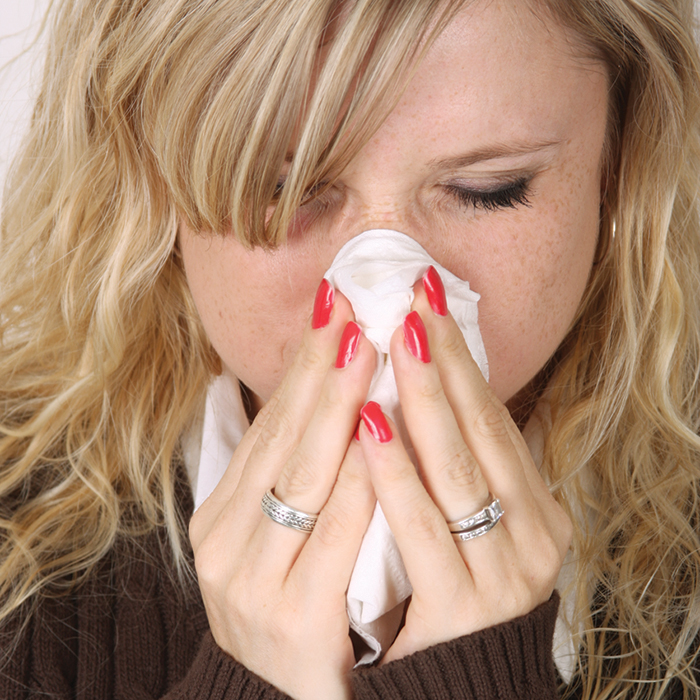In the movie, “Indiana Jones and the Last Crusade,” Indy is challenged to identify the real Holy Grail amongst a sprawling collection of imposters. Choosing a treatment for the common cold amongst the ever-growing selection of pharmaceuticals, supplements, and home remedies marketed as your salvation from cold and flu purgatory presents a similarly daunting task.
First, let’s suspend our hunt for the Holy Grail of common cold treatment. There is no sure-fire cure, but there are a number of effective strategies to reduce your risk of contracting the latest virus, decrease duration of illness, and ameliorate stubborn symptoms (and yes these strategies even work on the dreaded man cold). Let’s cut through all the marketing, mother-knows-best advice, and cardiologist-turned-TV-show-health-guru pitching and discuss what the evidence tells us.
Chatham Mazda from Chatham Voice on Vimeo.
The best way to treat a cold is to not get one in the first place. Contrary to popular belief, cold season doesn’t occur due to some cold-weather effects on our immune systems, but rather because we tend to spend more time in enclosed spaces, increasing the likelihood for viral transmission. Consistent hand washing, avoiding touching your face with your hands, and minimizing contact with already infected individuals are primary strategies to mitigate your risk.
If you do end up sick, stay home, rehydrate, and get yourself some chicken noodle soup (believe it or not recent studies confirm the therapeutic effect of Mom’s favorite remedy).
There are a number of natural health products that have been studied for both prevention and treatment of the common cold. Vitamin C, Zinc, echinacea, ginseng, probiotics, and a less conventional herb, andrographis, deserve mention for their demonstrated efficacy.
There is little evidence that Vitamin C will prevent a cold, but studies have demonstrated that it can shorten the duration of symptoms. Zinc has similarly demonstrated the ability to drop a day off of the common cold when started promptly at the onset of symptoms. Both treatments are extremely safe, with the only possible side effects being digestive upset if dosage is too high.
Botanical products have garnered a fair amount of attention as cold busters, with both ginseng and echinacea having significant traditional use as immune stimulants. While there are conflicting results regarding effectiveness, when dosed and sourced properly, ginseng and echinacea have been shown to effectively prevent and treat the common cold.
A recent addition to the arsenal of antiviral botanicals used in North America is andrographis, a plant native to Southeast Asia and used widely in the 1919 flu pandemic. Studies have demonstrated that andrographis shortens the duration and lessens symptom severity in the common cold, decreases the duration of a fever, and effectively treats tonsillitis.
Indiana Jones used his significant expertise, years of research, and possibly a little luck to make his Holy Grail decision. Follow his lead and don’t be swayed by marketing, hearsay, and uninformed opinion. Be informed and choose your cold remedy with confidence.








Great advice! Especially for someone who works in childcare. I need to do all I can to avoid catching illness from the little ones! (Also loved the Indy reference- now what can the Temple of Doom teach us about the flu?… Hehe)